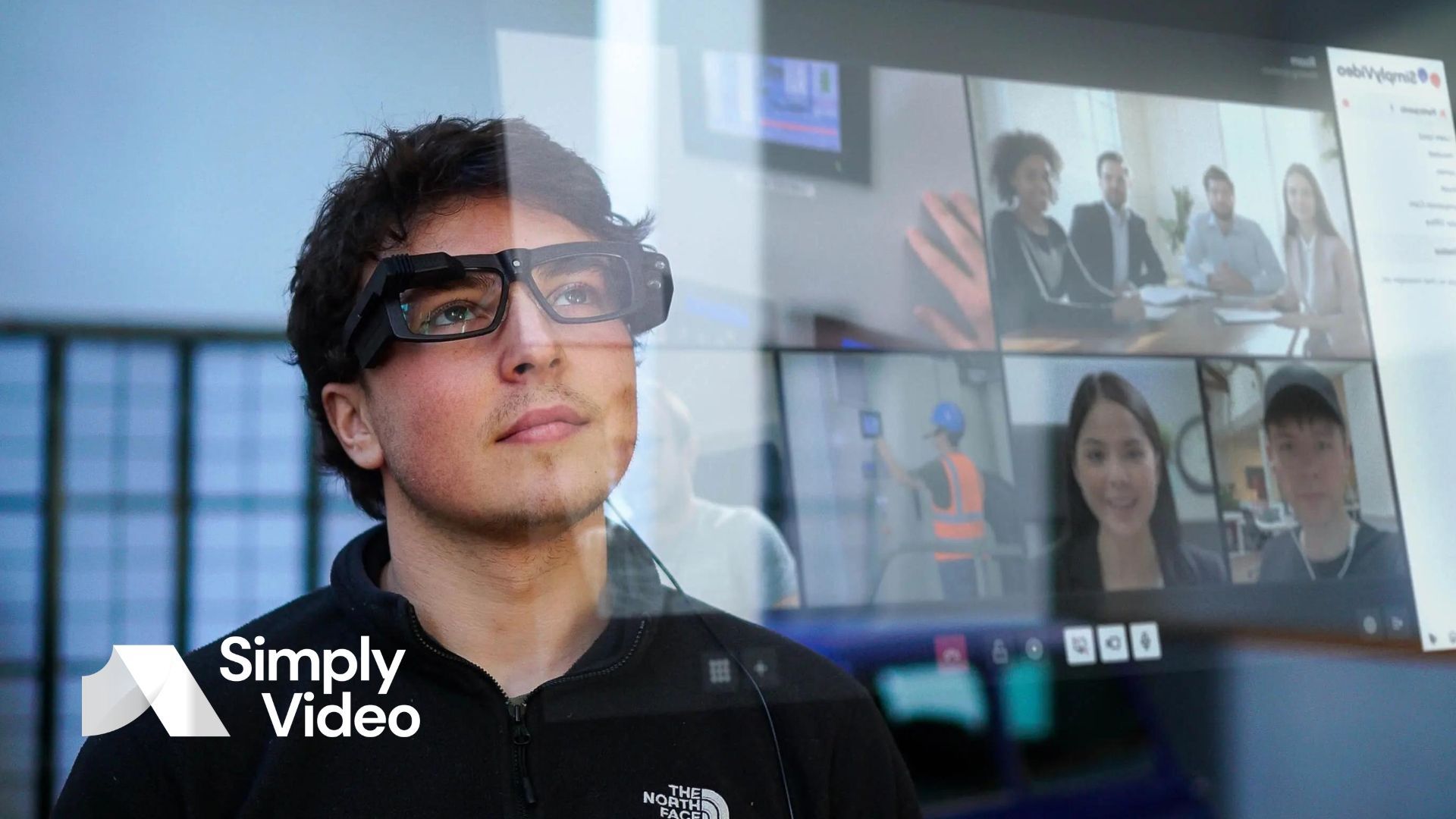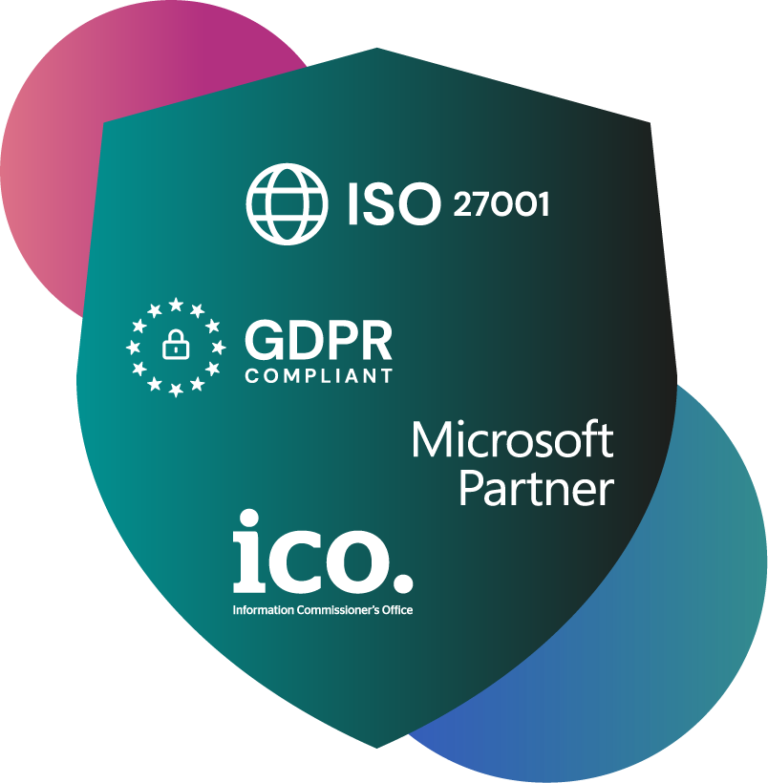5 ice-breaker videoconferencing activities
Energise routine meetings, help teams collaborate and boost productivity by starting the next video meeting with one of these 5 easy icebreakers.

Nowadays, most of us are pretty well-versed in remote working, but there are some parts we still struggle with. No matter how much practice we get, sometimes the mute button is still on, sometimes the background filter still isn't.
And sometimes, when rudimentary hellos, good mornings, and how-was-your-weekends have been exhausted, conversation wanes and awkward silences reign supreme for several looooong minutes…
Capturing the audience in the first few minutes can mean the difference between a wrap-up and a follow-up. Setting an ice-breaker before diving into the agenda is a proven method for getting the best out of virtual calls, not to mention a great way to add structure and energy to meatier topics.
With the average attention span lasting just 10-15 minutes, adding interactive tasks isn't just a nice-to-have – it's the key to getting the most out of your teams. So how can leaders use ice-breakers to maximize their meetings?
What is an ice-breaker and why are they useful?
Ice-breakers are short activities designed to soften environments that are typically awkward or prone to uncertainty. While not limited to corporate settings, ice-breaker activities are a meeting must-have when the goal is getting attendees relaxed and engaged.

The options are virtually limitless (the only obstacle is your imagination or the time you've got to scour the web) and most tasks are easy to set up, transferrable across mediums and hugely adaptable to the session's audience and purpose.
Adding a dash of fun to the agenda carries a lot of benefits, including:
- Creating a relaxed atmosphere
- Generating creativity
- Driving collaboration and team-building
- Boosting energy levels
- Helping with engagement and retention
While ice-breakers aren't appropriate for every professional meeting – it's probably not the best idea to ask a "would you rather?" question during an appraisal – they're great starters for introductions or weekly team catch-ups and ideal energisers for dry training sessions and long meetings.
Five quick ice-breakers
An hour seems like a lot, but time is soon eaten away by late arrivals and pleasantries. That said, taking a couple of minutes to set the tone is worth it – and that's all you need with these five-minute-or-less ice-breakers. Many can be scaled up, too.
1. Colleague pulse checks
Set up a poll or make use of the chat functions in virtual meeting rooms to ask colleagues questions about themselves. Simple, friendly prompts such as "how are you today?" bring the team members in while helping the host understand their audience better before they present.
Embedded surveys can be connected to word clouds to present the findings visually, allowing everyone to see the answers while still providing anonymity.
Questions could include:
- Who they are and what they do in the company
- Where they're based
- What time is it where they are
- What the weather is like
2. Draw your…
Most virtual meeting platforms include drawing functions, which can be great fun to play with. Asking your teams to draw their names, their pets, or their lunch is a light-hearted task that's easy to keep to time and naturally sparks conversations. You never know, the quiet IT guy might be a secret Picasso!

As a pulse check, you could ask colleagues to draw their mood or how their week has been. It's less formal so they might feel more comfortable being truthful if they haven't been feeling their best. It's a good way for leaders to get a sense of how their team is doing overall, as well as pinpoint any individuals that might need their support.
For a longer ice-breaker, have one team member describe a few objects while the others draw according to the instructions, then showcase the results. Drawings often end up completely and hilariously different because of how differently people can interpret the same request. A bit of fun, but also a thought-provoking lesson that can aid team-building and collaboration.
3. Colleague call-outs and thank-you word clouds
Ice-breakers don't just lighten the mood in stuffy calls – they can be a great way to share successes and build team morale. Use ice-breaker questions or poll prompts to encourage colleagues to share their highlights of their week, professional or personal, then use the time to discuss them.
Get teams to share some love and gratitude by asking questions such as:
- Who would you like to thank on the call and why?
- Who is your Star of the Week?
- Has anyone here gone above and beyond for you at work lately?
- Who has done something amazing outside of work recently?
4. Quizzes and question rounds
Old favourites for a reason, quiz rounds and question prompts make great ice-breakers and are suitable for meetings of all lengths. Quizzes generally constitute several topical rounds of questions, pictures or puzzles, while question prompts can be limited to one or two quick-fire questions that facilitate debates.
Question prompts could include:
- What is your favourite x and why?
- Would you rather…?
- What's the weirdest food you've eaten?
- What is your most-used emoji?
- If you could invite one celebrity to dinner, who would it be?
5. Show and tell
The beauty of "show and tell" ice-breakers is that they can either be planned or spontaneous.
Send colleagues scrabbling by challenging them to find something in their home that fits the prompt – then ask them to tell the story of it to the group.
Prompts could be to find:
- Something borrowed
- Something broken
- Something edible
- Something gifted
Virtual calls allow team members to interact regardless of whether they're in the corporate office, working from home in their pyjamas, or even dialling in from the field.
In these instances, it might not be possible to run and grab something, so pre-plan by gathering pictures ahead of time. Whether it's a desk, pet or pair of shoes, teams can have fun guessing who the picture belongs to.
SimplyVideo's
low-bandwidth videoconferencing solutions make it easy to work, collaborate and connect remotely – even in remote locations. Whether it's a simple quiz or sharing more than a screen thanks to XR enhancements, teams stay connected, wherever they are.
Sign up today for a free 30-day trial.












